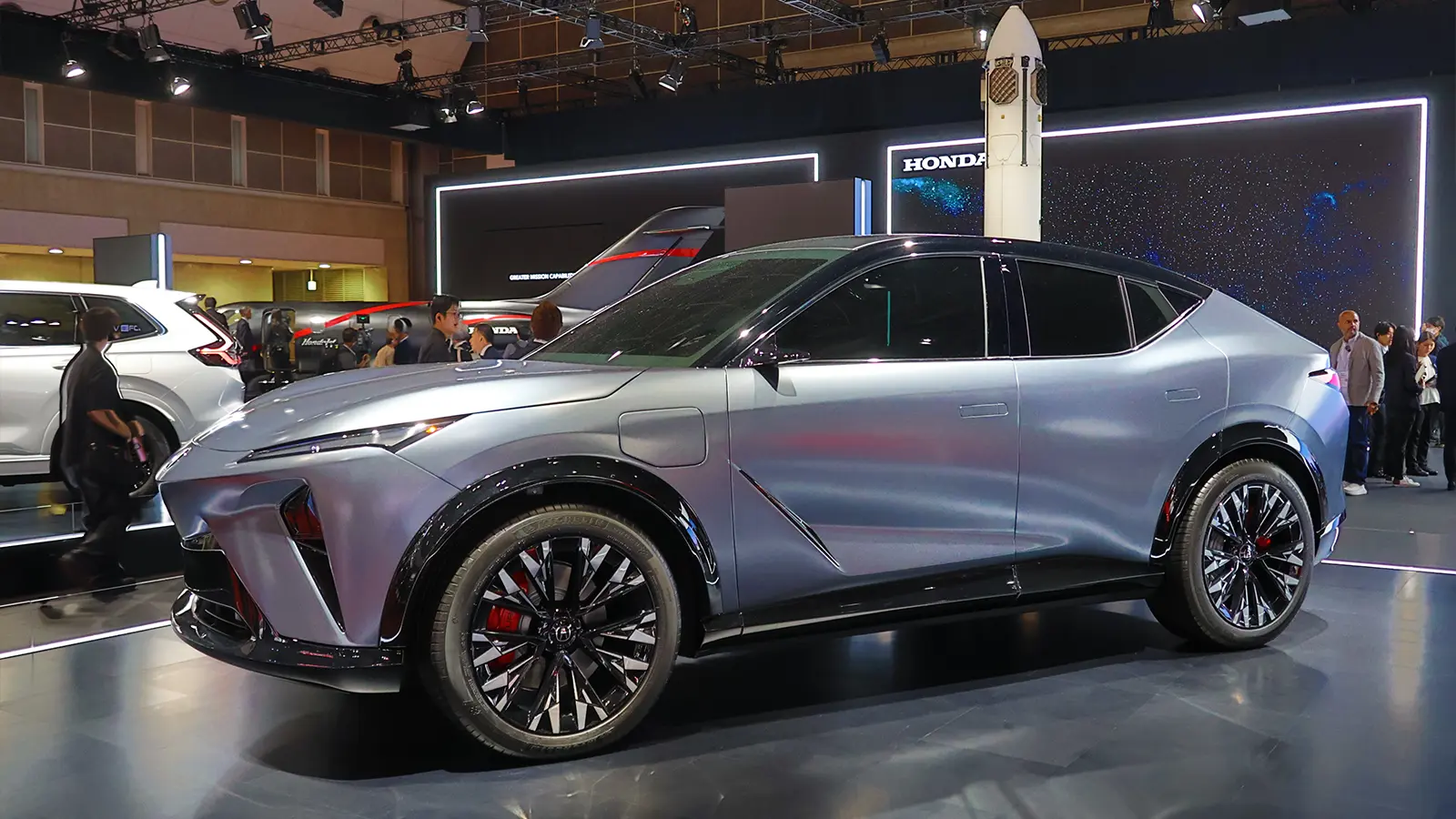The biggest U.S. auto shows in Detroit, New York, and Los Angeles used to be where automakers made a big splash with new cars, trucks, SUVs, and wild concepts. But in recent years, the industry has largely shifted to standalone events for reveals, and concepts have become a lot less frequent, mostly appearing at places like Monterey Car Week. Overseas in Munich, Beijing, Shanghai, and Tokyo, though, auto shows are still a big deal. We recently attended the Japan Mobility Show, and it featured a wild array of concepts and production models that got us excited about what's coming.
All the Japanese automakers, motorcycle manufacturers, and even some truck makers had big displays in Tokyo. They were joined by BMW and Mercedes-Benz from Germany, Hyundai and Kia from South Korea, and BYD from China. Here are some highlights:
BYD and Honda Take on Kei Cars
Japan's auto market is unique. It's much smaller than the U.S., with about 4.5 million annual sales, and about half of those are kei-cars. The kei segment is a special class of tiny vehicles that qualify for lower tax and insurance fees. To qualify, a car or truck can be no more than 134 inches long and 58.3 inches wide, with engines limited to 660cc and 63 horsepower. For reference, the most popular vehicle in the U.S. is the Toyota RAV4, which is almost 4 feet longer and has at least 226 horsepower. Despite their tiny dimensions, these boxy machines are shockingly roomy, making the most out of a small footprint. My friend Bengt Halvorsen is 6-foot-8, and he fits comfortably in both the front and back of a Nissan Sakura, an electric kei car that's also the bestselling EV in Japan.

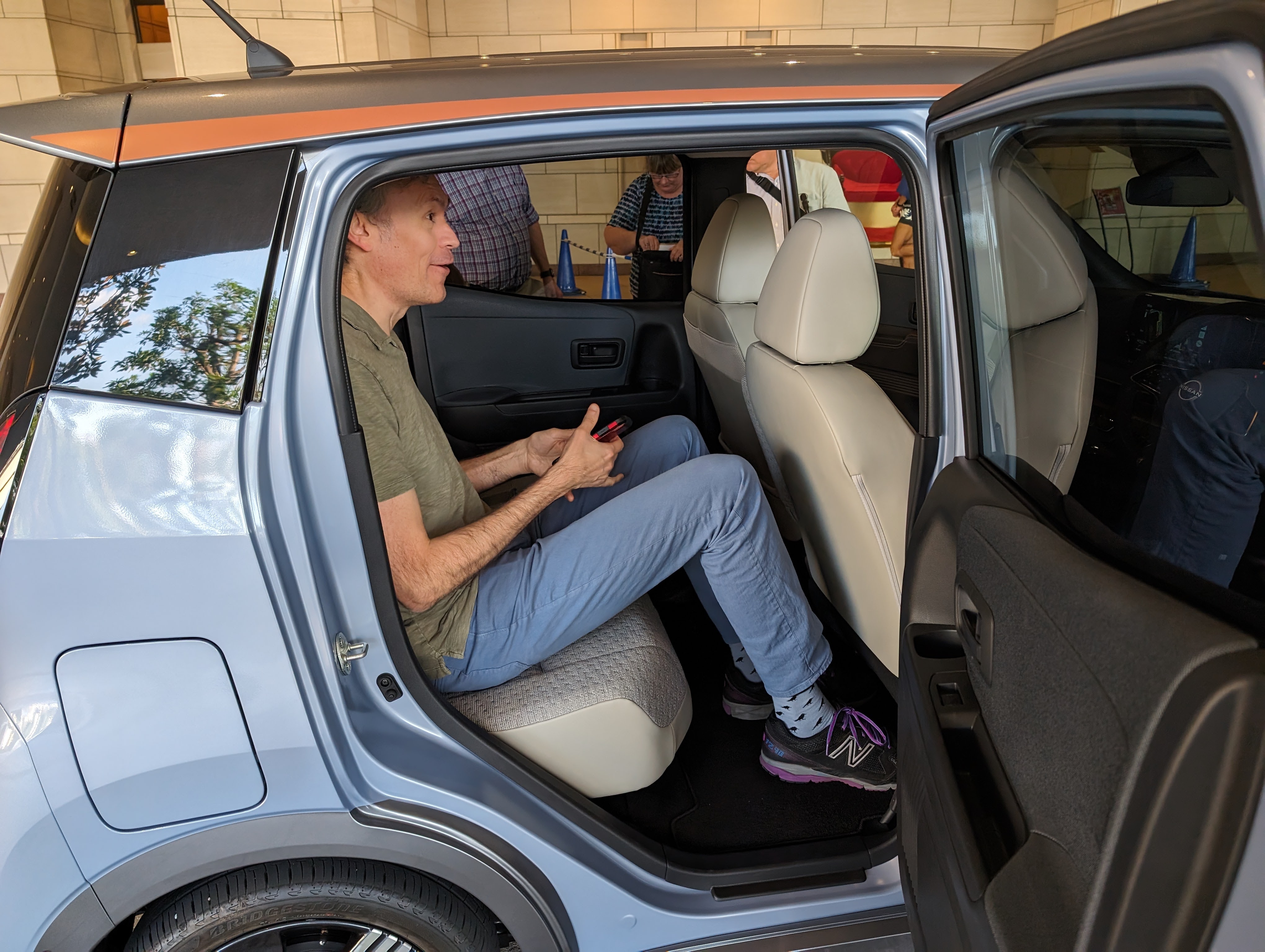
BYD unveiled the first-ever kei car not produced by a Japanese automaker during the show. Dubbed the Racco, it features minivan-like sliding rear doors for easy access to the back seats and the usual upright stance. Since these are primarily urban commuters, they aren’t designed for long trips, and the Racco has a 20-kilowatt-hour battery with a claimed range of about 112 miles.

Unfortunately, the only kei cars we get in America are those more than 25 years old that are legal to import without modifications. Honda did unveil a car derived from its N-One e: kei car, called the Super-One, but it's technically not a kei car. It has extended fenders over larger tires, making it 4 inches too wide, and an electric motor with more than the prescribed 63 horsepower. I had a chance to drive a few laps of a handling course at Honda’s proving grounds a few days after the show, and with its simulated shifting and engine sounds, the Super-One is an absolute riot that'll put a smile on anyone’s face. Unfortunately, it’s only going to markets with right-hand drive, like Japan, the UK, and some other Asian countries.
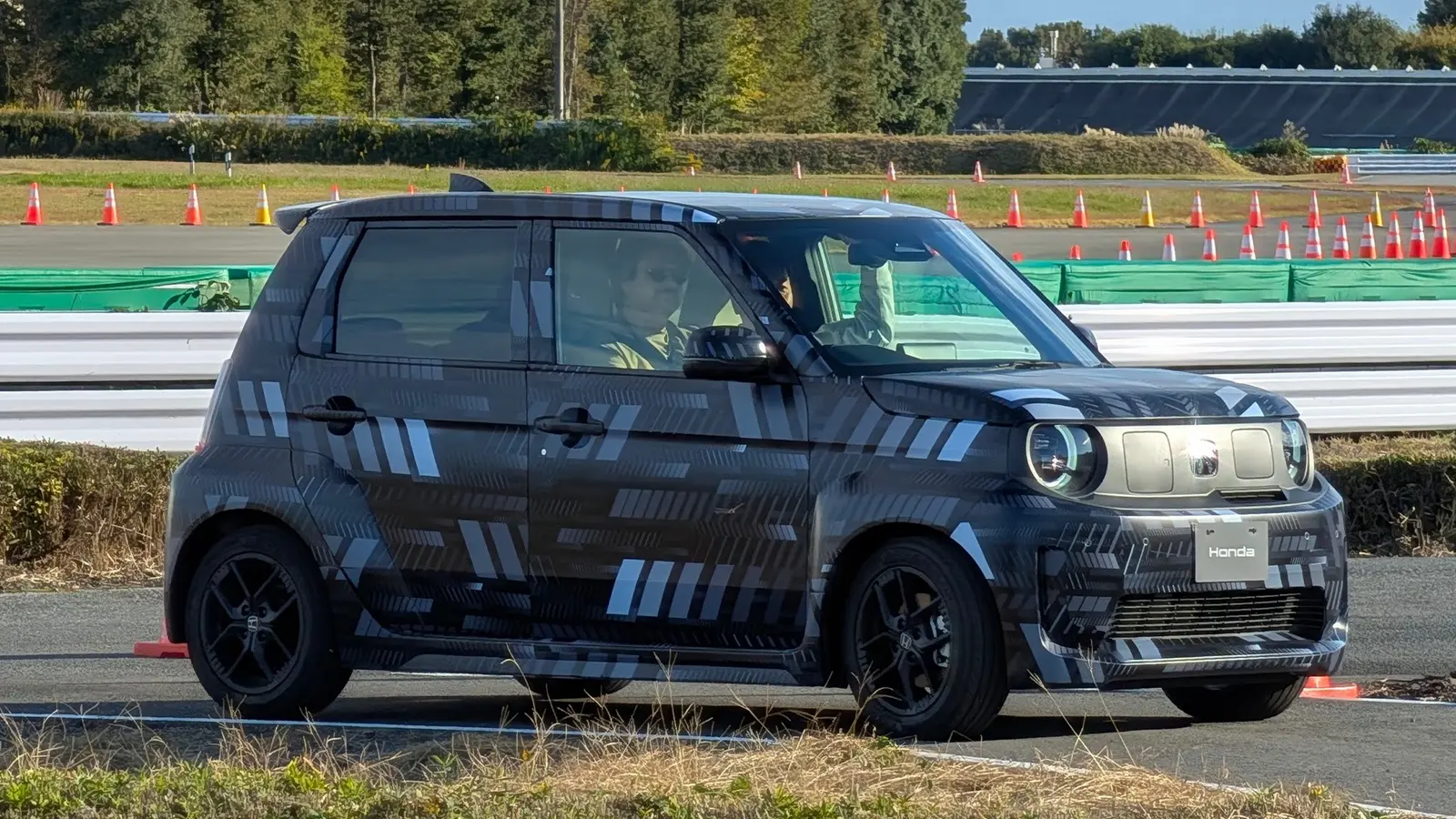
Honda's 0 Alpha and OutLier Concepts
Honda unveiled the 0 Series Alpha, which looks a lot like the electric 0 Series SUV that'll debut in the U.S. in the second half of 2026. The 0 Alpha is a bit smaller than the 0 Series SUV and lacks some of the advanced features and technology Honda has planned for its Ohio-built EVs. It’s designed for the Indian market, where it'll be produced in 2027, but will also be sold in Japan. While the 0 Alpha as shown won’t be coming to America, some of the cost-reduction efforts could make their way to future lower-cost EVs for our market.
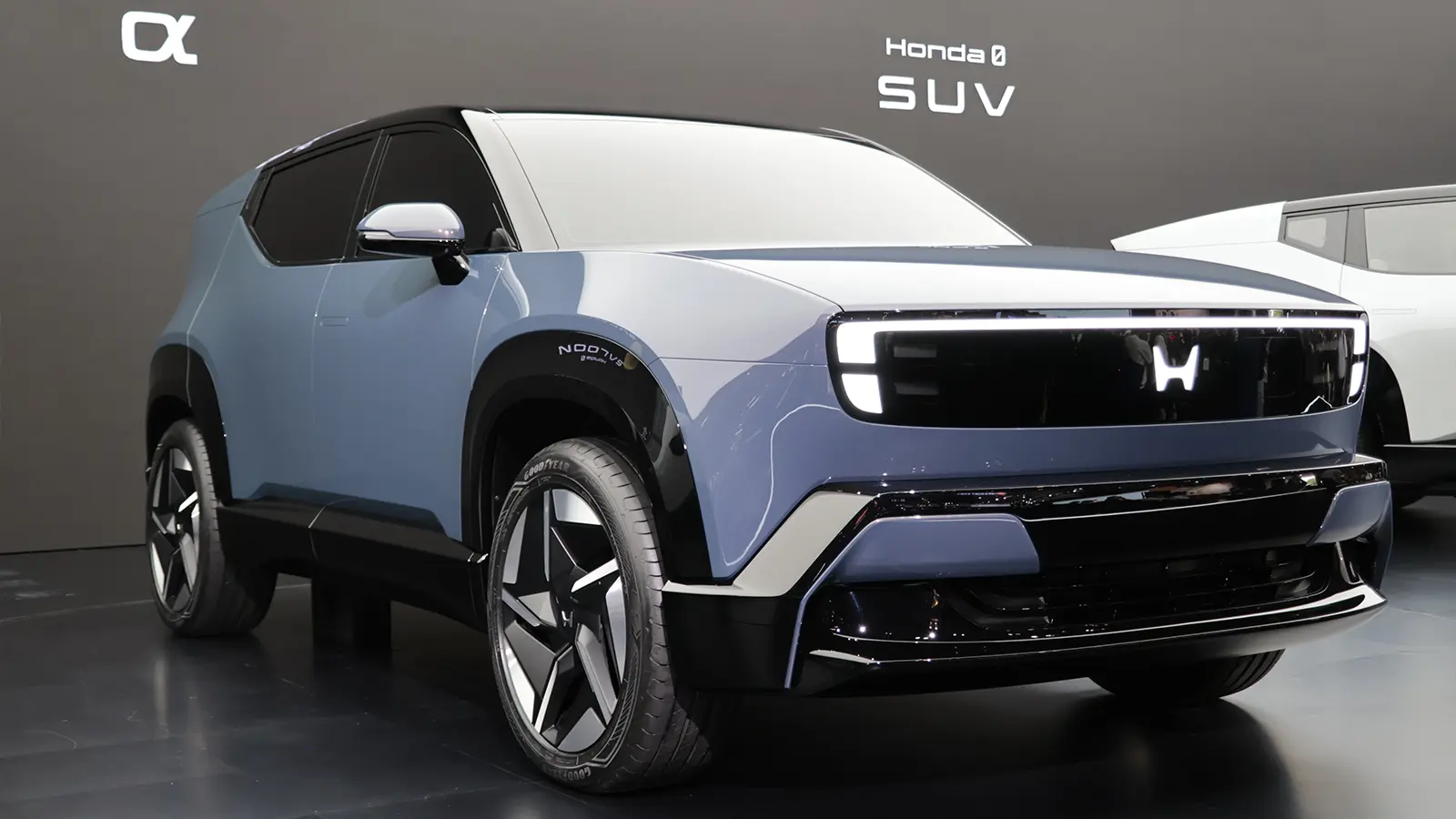
Honda also unveiled a radical electric motorcycle concept called the OutLier. It has a long wheelbase, bodywork that looks like something from a sci-fi movie, and a laid-back seating position like a 1960s chopper. There are no specs on the OutLier or even any immediate production plans, but it’s definitely something different.

Mazda's Vision X-Coupe
Across the way, Mazda had two concepts to show. The Vision X-Coupe is a sleek four-door about the same size as a Genesis G80 but with a long hood and distinctly cab-rearward proportions. This one's powered by a unique plug-in hybrid drivetrain with a two-rotor Wankel, like the RX-7 and RX-8. But this one's meant to run on biofuel derived from microalgae. The battery is sized for 100 miles of electric range with 500 miles of total range, and there’s a mobile carbon capture system on board to capture at least some of the CO2 from the engine. While it’s unlikely we’ll see a production with this exact powertrain, a more conventional PHEV like the CX-90 is possible in a car looking something like this.

Subaru's Performance Concepts
Next door to Mazda was Subaru with two performance-oriented concepts - the Performance-B STi and Performance-E STi. Subaru fans were disappointed in recent years when the automaker dropped both the hatchback version of the WRX and the even quicker STi variants. The Performance-B STi addresses both of those concerns with a more hardcore WRX hatch with flared fenders and a huge wing at the trailing edge of the roof. While the wing might get toned down for production, the rest of the car seems likely to arrive on U.S. shores, especially since Americans buy two-thirds of all Subarus sold globally.
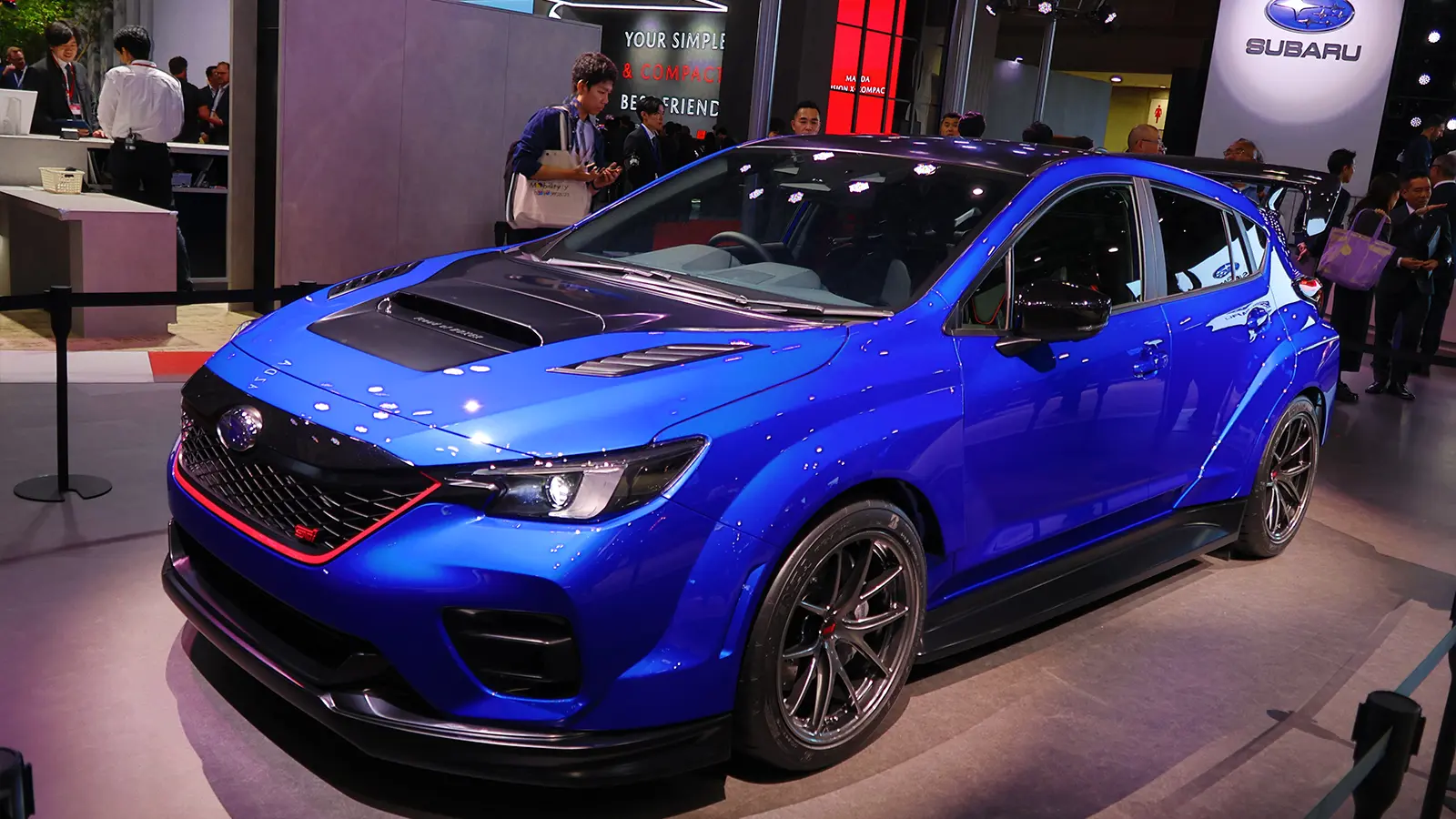
The Performance-E STi is an entirely different beast — a sleek, five-door hatchback covered in a matte version of Subaru’s signature shade of blue. It, too, features flared fenders, gold-trimmed wheels, and looks fast just sitting on the show stand. Unlike the B, with its turbocharged four-cylinder boxer engine, the E is, of course, electric. According to a Subaru representative at the show, it's designed around a new Subaru-developed electric platform that's distinct from the architecture used by the Solterra, which was created with Toyota. Production plans are hazy, but I wouldn’t mind seeing this out on the open road.
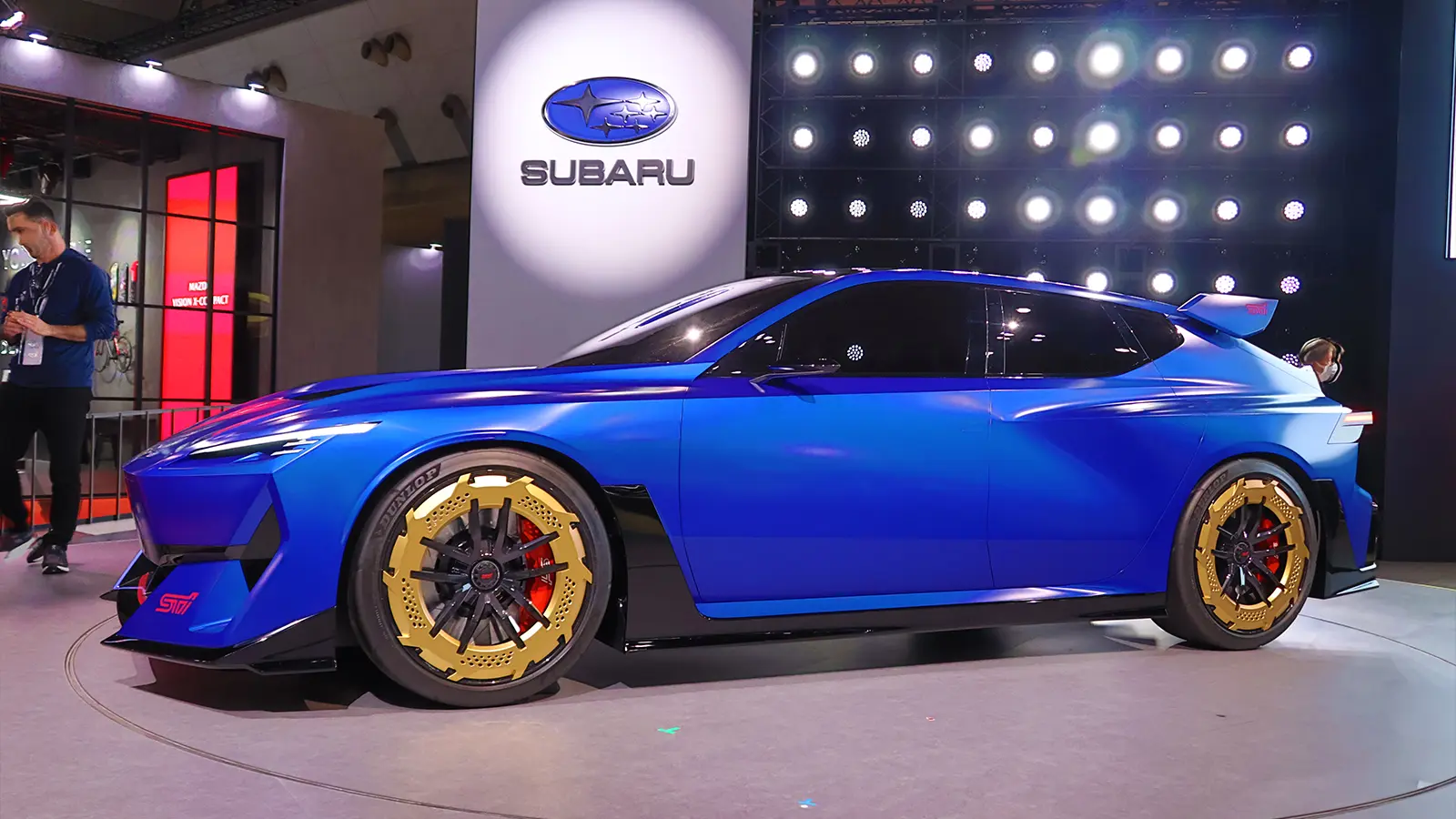
Toyota and Lexus Show Off What's Next
Over in the south hall of Tokyo Big Sight, it was all Toyota brands. Toyota already revealed its new, smaller off-roader, the Land Cruiser FJ, a couple of weeks before the show, but it’s unknown if that one will come stateside. What we will eventually get is a next-generation Corolla, the bestselling nameplate of all time, with over 50 million produced. The Corolla concept gives us a preview of the overall styling direction for Toyota’s compact, and it's quite a departure. The production model is sure to be significantly toned down, like losing the pedestal center console with its clear model of the car itself as a shift lever.
Toyota did confirm that the next Corolla will follow the brand’s multi-pathway approach with hybrid, plug-in hybrid, and battery electric variants. It’s unknown if there'll be gas-only variants, but it seems unlikely given that the RAV4 has just gone all hybrid and PHEV.
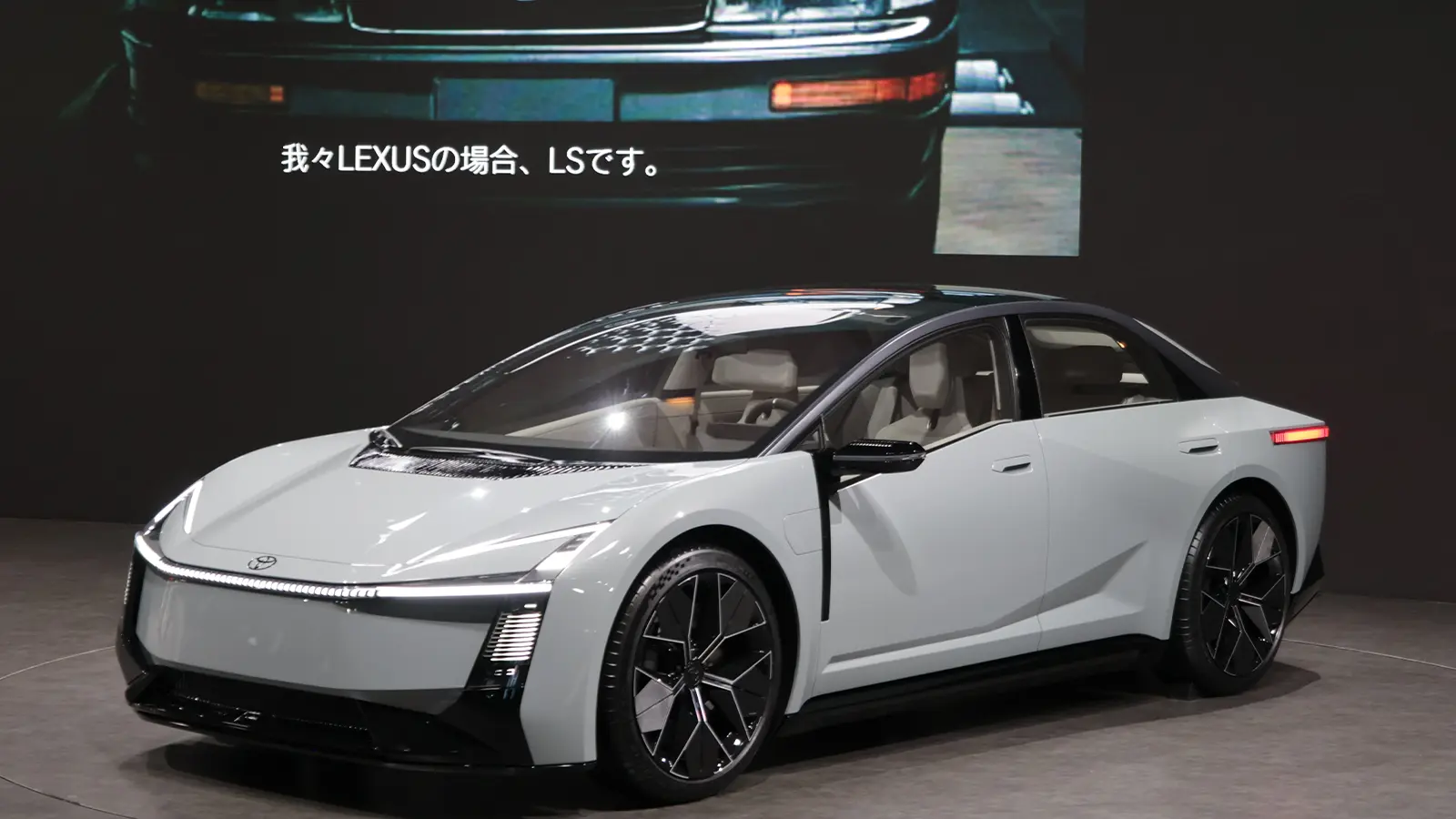
Across the way at Lexus, they showed three concepts, two of which are almost certain for near-term production. The Lexus Sport Concept is a high-end two-seat sports car that was first shown during Monterey Car Week in August and appears to be a potential successor to the LFA, although this will probably have a hybrid powertrain. In Tokyo, it was shown with a full interior for the first time.
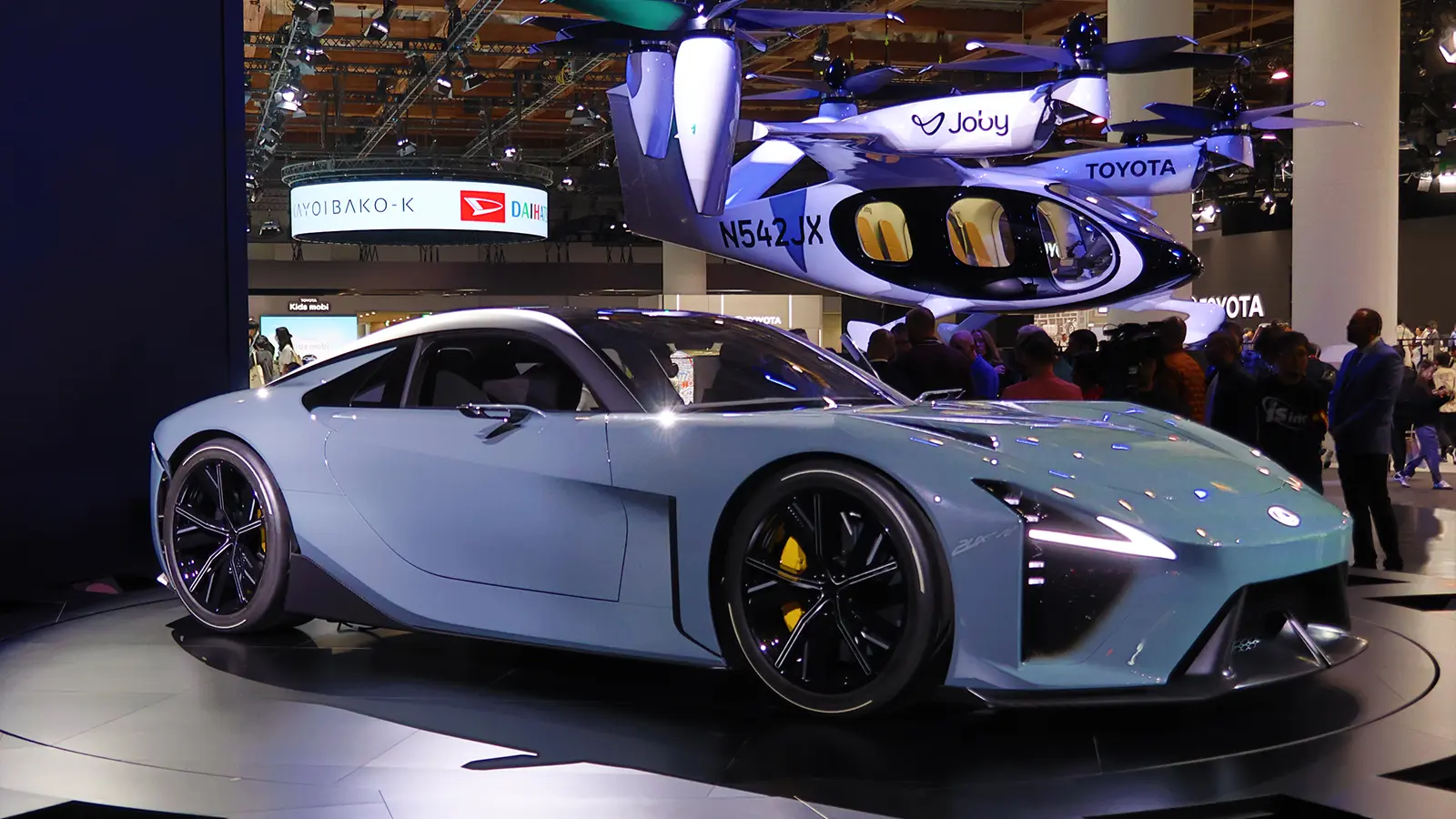
At the opposite end of the stand was the LS Coupe concept. Lexus just recently announced the end of production for the LS sedan, which was the model that launched the brand back in 1989. The LS Coupe is a tall-riding four-door coupe with a very different look for the brand, including rear-hinged rear doors. The large wheels and high ground clearance give it a go-anywhere look, and the closed-off face implies that it’s electric. This concept seems like a likely preview of what we’ll get as a replacement for the current LS.
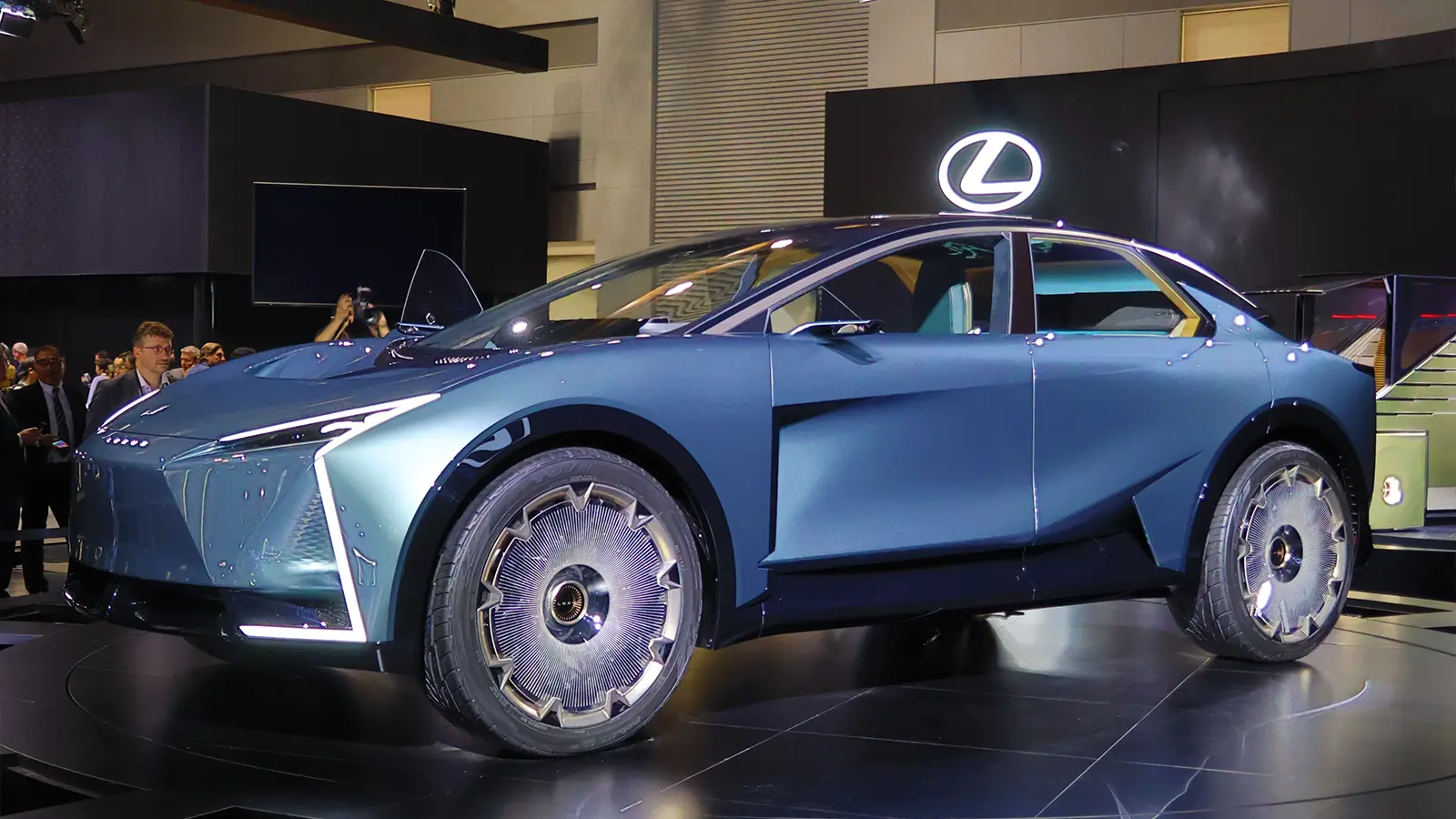
In the middle was the LS Van concept. In Asia, luxury minivans are all the rage for those who prefer to be chauffeured while having the maximum amount of space for passengers. What sets this van apart is the six wheels. The front wheels are the large diameter that's the norm these days for premium vehicles, while at the rear are two sets of wheels that look to be about half the diameter of the fronts. These smaller wheels enable significantly reduced intrusion into the cabin space for passengers. The general look of the front end of the concept is likely a preview of the next-generation Lexus LM van, but the dual rear wheels are probably not happening.

There was much more to see in Tokyo, including hydrogen-fueled motorcycles from several brands as well as a Joby e-VTOL next to the Lexus stand. A lot of it will never come to America, but some of these definitely will in the coming years.
* All mileage is EPA estimated.
Want a closer look at the wildest concepts and EVs from Tokyo? Check out our highlight reel from the 2025 Japan Mobility Show:
⚡ More GreenCars Reads You’ll Love
- Mercedes AMG GT XX EV Concept Sets 25 World Records
Mercedes’ radical GT XX EV concept smashed 25 world records in just eight days, showing how fast high-performance electrification is evolving.
Read More ➜ - GM and Hyundai Partner to Develop Five New Vehicles
GM and Hyundai are teaming up to co-develop a new family of EVs and hybrids, signaling a major shift in global automaker collaboration.
Read More ➜ - Corolla EV Concept Unveiled
Toyota revealed a bold EV concept that previews the future direction of the Corolla lineup and the brand’s next-gen electric design language.
Read More ➜




